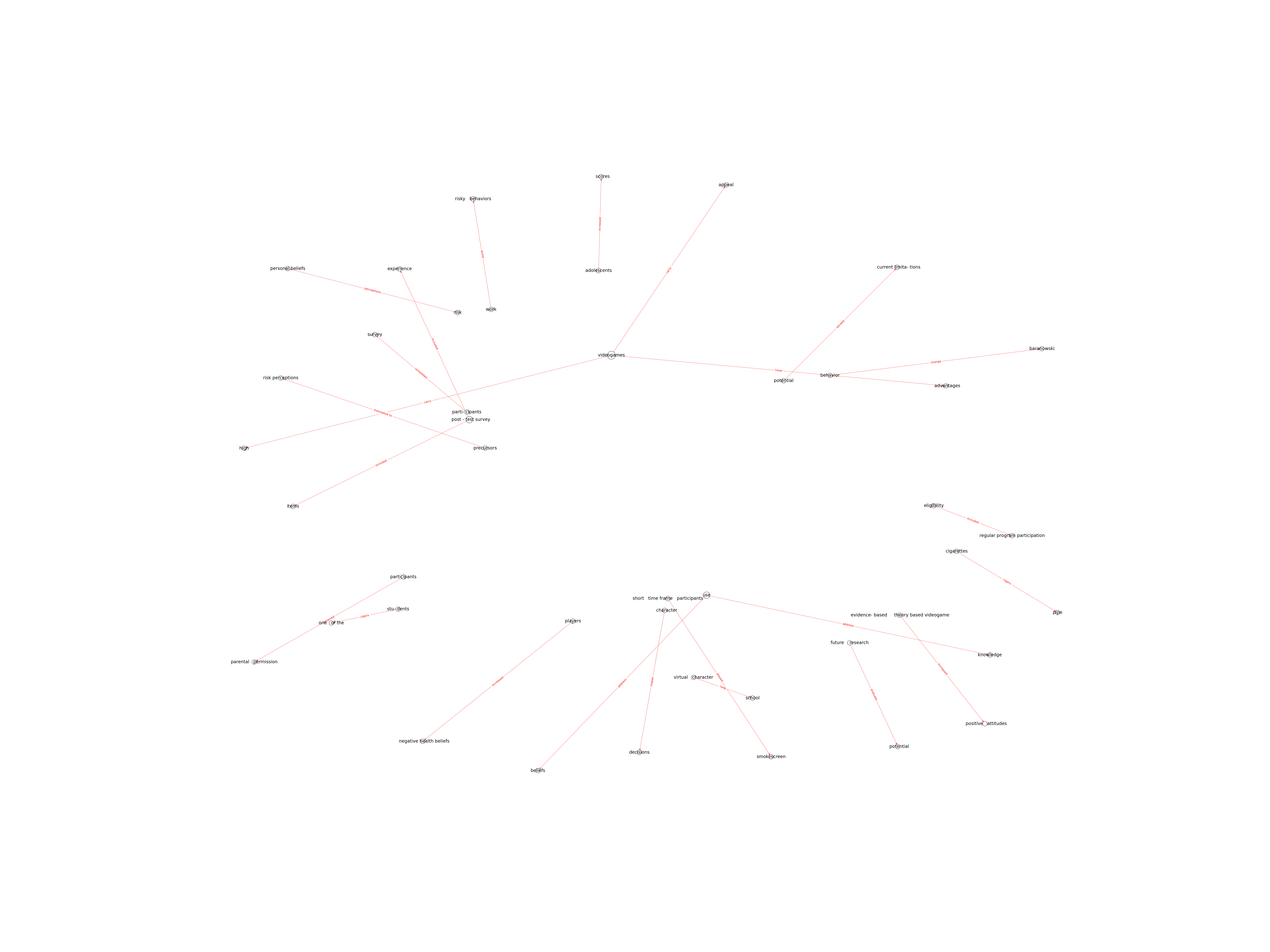| Id | 76 | |
| Author | Pentz, M., A.; Hieftje, K., D.; Pendergrass, T., M.; Brito, S., A.; Liu, M.; Arora, T.; Tindle, H., A; Krishnan Sarin, S.; Fiellin, L., E. | |
| Title | A videogame intervention for tobacco product use prevention in adolescents. | |
| Reference | Pentz, M. A., Hieftje, K. D., Pendergrass, T. M., Brito, S. A., Liu, M., Arora, T., ... & Fiellin, L. E. (2019). A videogame intervention for tobacco product use prevention in adolescents. Addictive behaviors, 91, 188-192. |
|
| Keywords | videogame; tobacco; prevention; risk perception; adolescents |
|
| Link to article | https://doi.org/10.1016/j.addbeh.2018.11.016 |
|
| Abstract | Purpose: This pilot study evaluated the short-term effects of an interactive videogame on changing adolescent knowledge, beliefs and risk perceptions, and intentions to use e-cigarettes, cigarettes, and other tobacco products. A secondary aim was to evaluate players' game experience.
Methods: Participants (N=80 11–14 year olds) were recruited from 7 community-based afterschool programs in New Haven, Connecticut and Los Angeles, California. The design was a single group pre-post design with replication. A pre-test survey was administered that included demographic variables and knowledge, risk perceptions, beliefs, and intentions to use e-cigarettes, cigarettes, and other tobacco products. An interactive videogame focusing on risky tobacco use situations was subsequently played in four 60-min sessions over a fourweek period, followed by a post-test survey. Analyses included paired t-tests of pre-post videogame change, regression analyses, and path analyses testing mediational effects of beliefs and risk perceptions on the relationship between knowledge and intentions.
Results: The videogame changed knowledge of e-cigarettes and other tobacco products (p's |
|
| Metodology | The design was a single group pre-post design with replication. A pre-test survey was administered that included demographic variables and knowledge, risk perceptions, beliefs, and intentions to use e-cigarettes, cigarettes, and other tobacco products. An interactive videogame focusing on risky tobacco use situations was subsequently played in four 60-min sessions over a fourweek period, followed by a post-test survey. Analyses included paired t-tests of pre-post videogame change, regression analyses, and path analyses testing mediational effects of beliefs and risk perceptions on the relationship between knowledge and intentions. |
Technique | Pre-test and post-test surveys; Regression analysis; Path analysis |

Note: Due to lack of computing power, results have been previously created and saved in database


